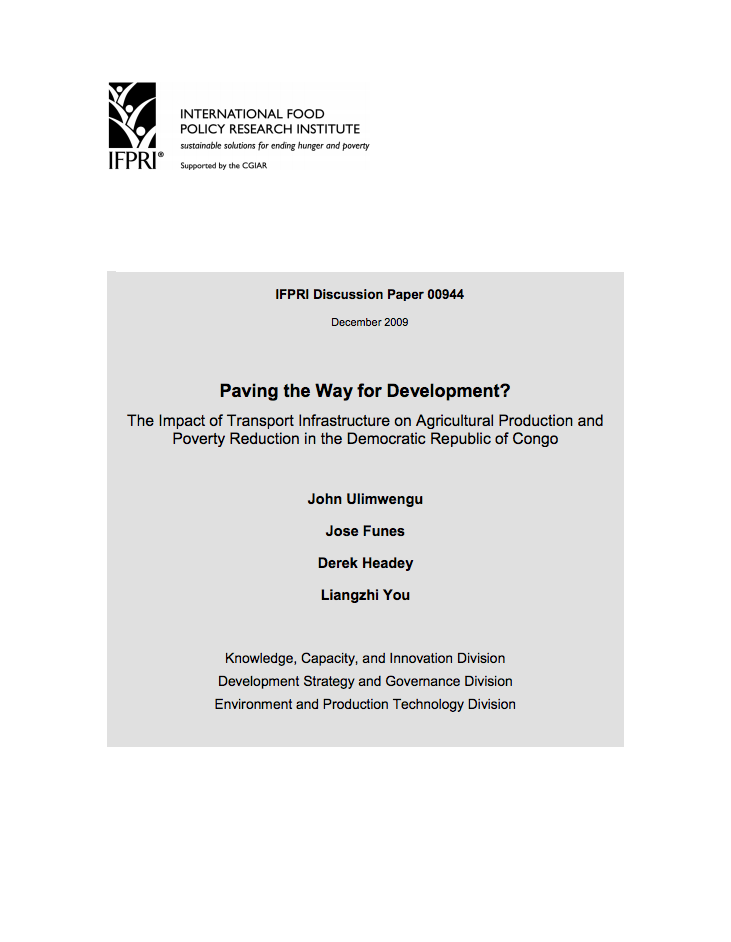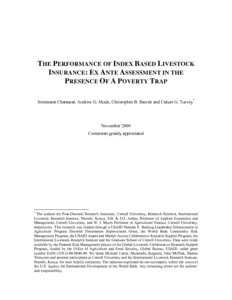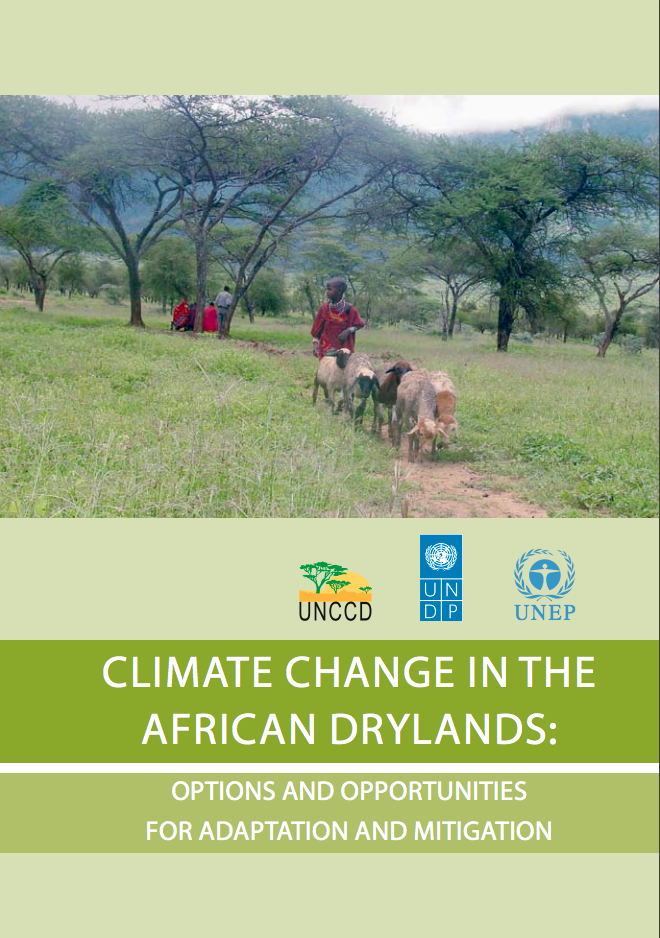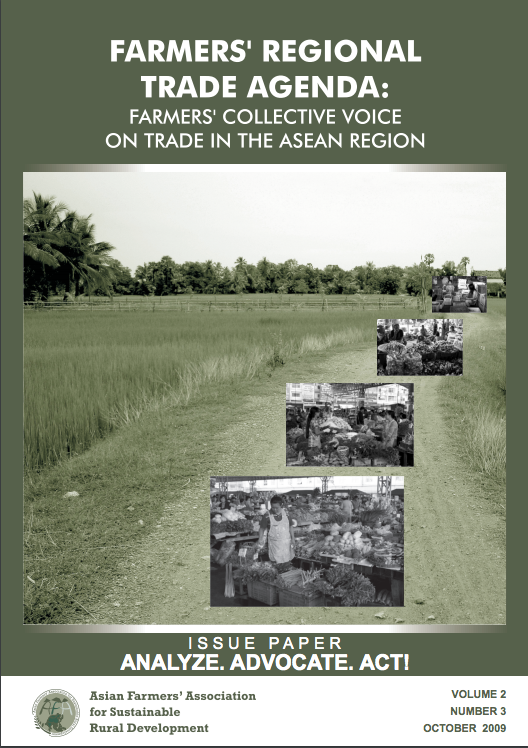El estado mundial de la agricultura y la alimentación, 2009
El sector pecuario se está transformando a gran velocidad como respuesta a los cambios que se producen en la economía mundial y en las expectativas de la sociedad. La sociedad espera que el sector pecuario proporcione alimentos y fibra sanos y abundantes para las poblaciones urbanas en crecimiento, medios de vida para más de mil millones de productores pobres y comerciantes, así como bienes públicos mundiales relacionados con la seguridad alimentaria, la sostenibilidad ambiental y las enfermedades transmitidas por animales.




